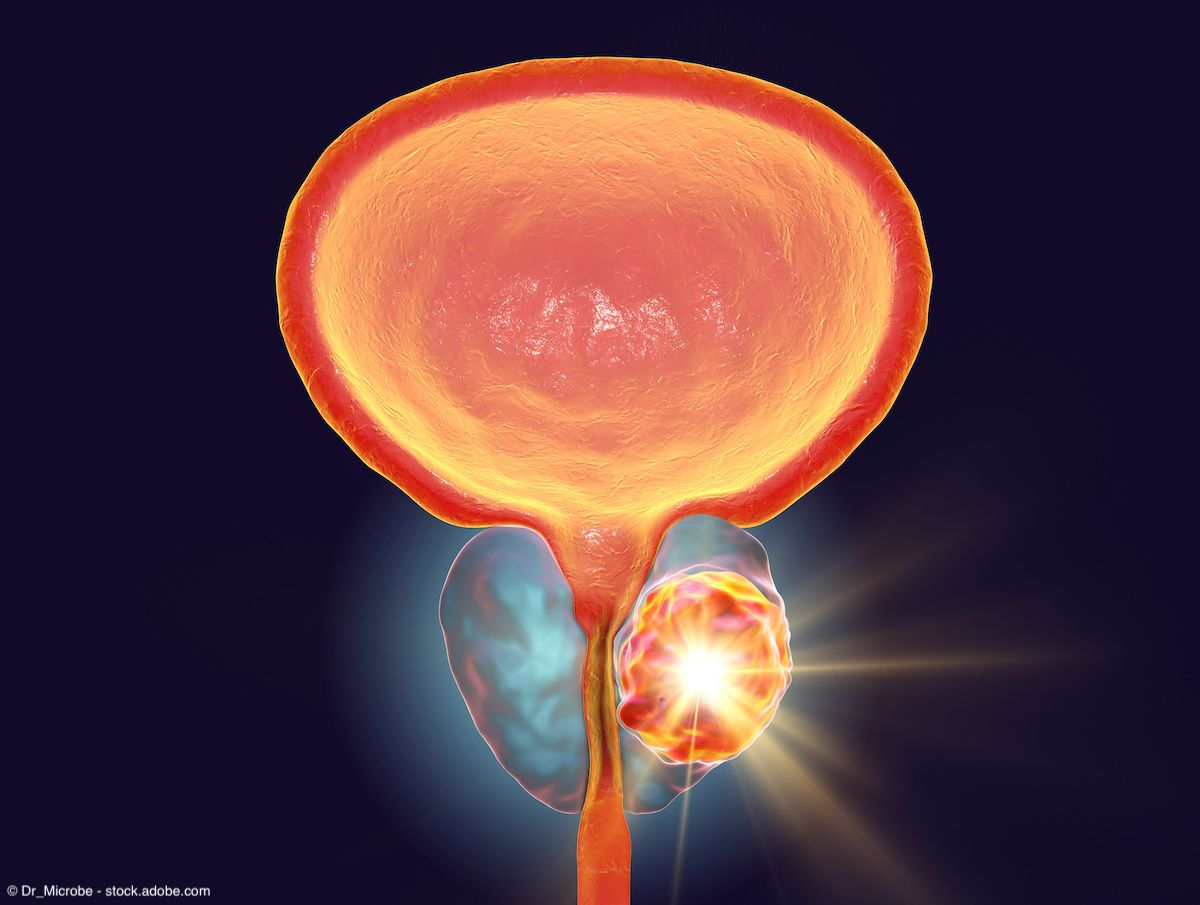Opinion
Video
Dr. Thomas Chi on the CVAC System for treating kidney stones
Author(s):
"What we demonstrated was that at 30-day and 90-day interval outcomes, the patients actually had equivalent safety profiles compared to traditional ureteroscopy with basketing," says Thomas Chi, MD, MBA.
In this video, Thomas Chi, MD, MBA, discusses data from the ASPIRE study evaluating the CVAC System. Chi is a professor of urology, associate chair for Clinical Affairs, and the Kutzmann Endowed Professor in Clinical Urology at the University of California, San Francisco.
Transcription:
Please provide an overview of this study and its results.
The results of the ASPIRE study really demonstrated the short-term clinical outcomes related to the CVAC system, and we were largely centered around the first-generation device, of course, and that is a steerable suction device that's designed to go into the kidney after a traditional ureteroscopy is done in order to suction out the fragments of stones that are remaining, as opposed to having to basket the fragments out. And what we demonstrated was that at 30-day and 90-day interval outcomes, the patients actually had equivalent safety profiles compared to traditional ureteroscopy with basketing. And what it looked like was that there is an increased stone clearance rate. Usually, we talk about stone-free rates being, did we get all the stones out at once or not? But one of the things that we did here was we looked at very closely read CT scans. Everybody got a CT scan, and they were 1 to 1 and a quarter-mm slices. So these are very precise CT scans. We found that with using the CVAC device, we could clear a larger volume of stones. And what that really translates to is, usually, when patients come to see you in the clinic after the surgery for stones, at least in my practice, they generally ask 2 questions. One is, did we get it all? And then 2 is, how much did we get if we didn't get it all? Those are the 2 most common questions I [get asked by] our stone patients, and this really speaks toward that second question as well: If we didn't get it all, what percentage did we get? And there are lots of benefits to probably getting more, rather than less, of stone burdens out, even if you don't clear all the stones, including preventing future stone issues and events and potential complications related to residual stones.
This transcript was edited for clarity.

















